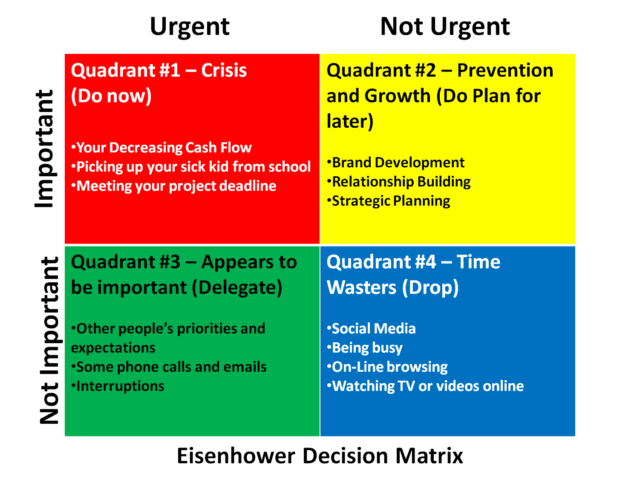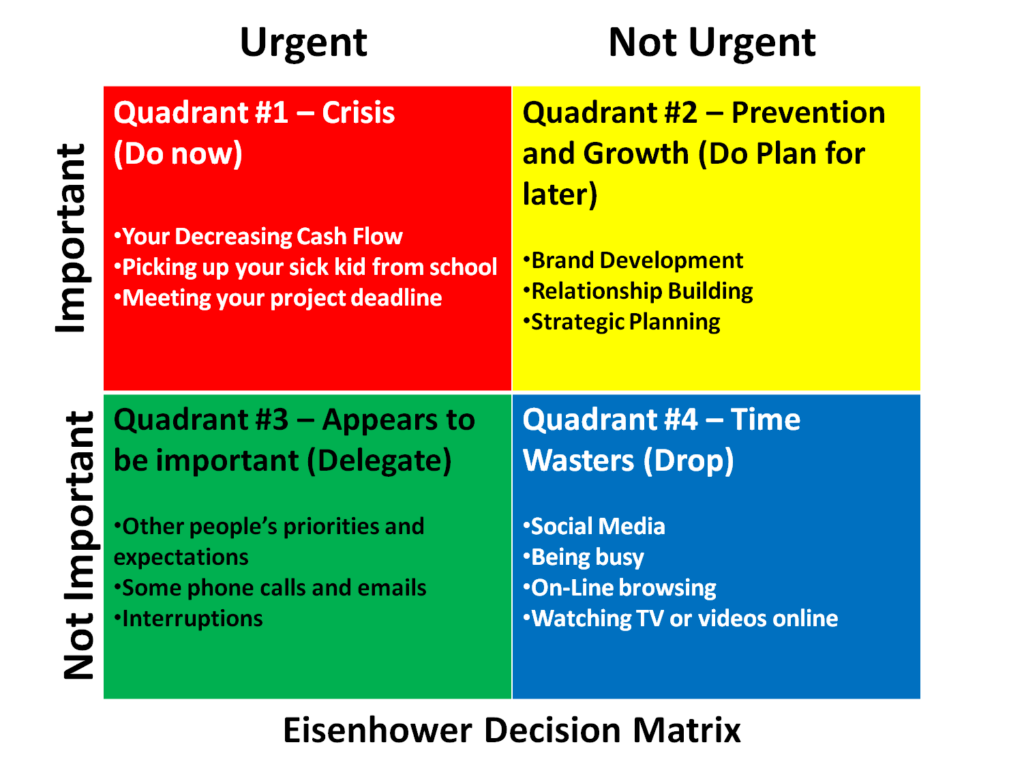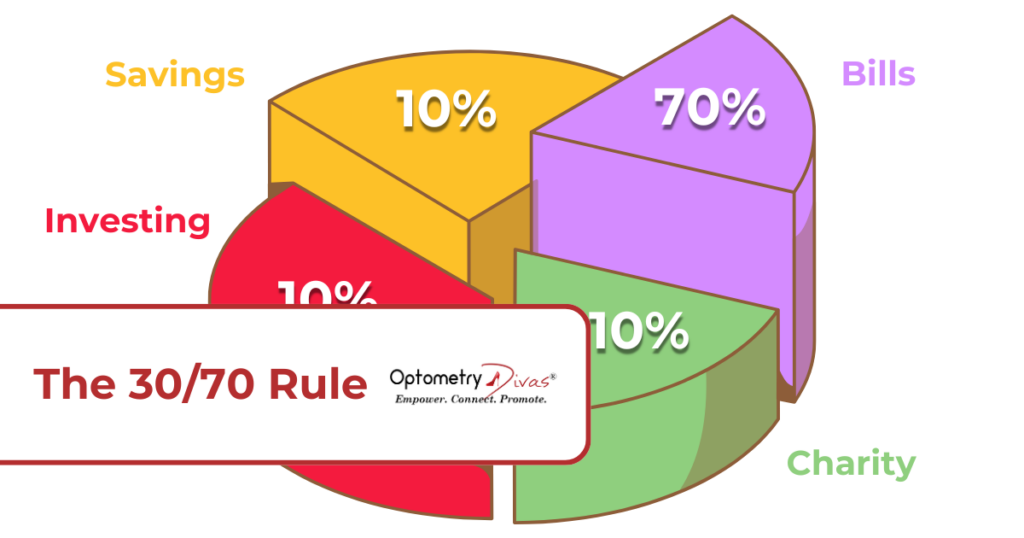3 Techniques to Improve Productivity in Your Practice

According to Wikipedia, time management is the process of planning and exercising conscious control of time spent on specific activities, especially to increase effectiveness, efficiency, and productivity. It involves a juggling act of various demands upon a person relating to work, social life, family, hobbies, personal interests and commitments with the finiteness of time.
Time management was a good concept however in the 21st century, time management is not our biggest problem. That’s why a number of leaders and productivity experts have shifted their focus to a new concept – Attention Management.
According to Maura Thomas, attention management is the most important skill for the 21st century. With digital revolution and the advent of internet and communication devices, time management is no longer enough to guarantee a good quality of work.
Allocating time to perform one activity does not mean that it will receive attention if constant interruptions and distractions come across. Therefore, people should stop worrying about time management and focus on attention management.
3 Techniques to Improve Productivity in Your Practice
Here are 3 methods I recommend to reduce distractions from priorities and goals and increase productivity. Although many of the methods listed below were developed to help people manage their time, in my opinion, these principles also apply in attention management.
The Eisenhower Method
According to Wikipedia, the “Eisenhower Method” stems from a quote attributed to Dwight D. Eisenhower: “I have two kinds of problems, the urgent and the important. The urgent are not important, and the important are never urgent.”
Using the Eisenhower Decision Principle, tasks are evaluated using the criteria important/unimportant and urgent/not urgent, and then placed in accordingly in the Eisenhower Decision Matrix. Tasks are then handled as follows:
- Important/Urgent quadrant tasks are done immediately and personally. Examples – Decreasing Cash Flow, Picking up your sick kid from school, Meeting your book deadline
- Important/Not Urgent quadrant tasks get an end date and are done personally. Examples – Brand Development, Relationship Building, Strategic Planning
- Unimportant/Urgent quadrant tasks are delegated. Examples – Other people’s priorities and expectations, some phone calls and emails, Interruptions
- Unimportant/Not Urgent quadrant tasks are dropped. Examples – Time wasters, social media, Being busy, on-line browsing, watching TV or videos online
Here’s how you should allocate your attention according to the Eisenhower method:

Pareto analysis
This is the idea that 80% of tasks can be completed in 20% of the disposable time, and the remaining 20% of tasks will take up 80% of the time. This principle is used to sort tasks into two parts – The 80% that takes less time or the 20% that takes the most time.
According to this form of Pareto analysis it is recommended that tasks that fall into the first category be assigned a higher priority.
The 80-20-rule can also be applied to increase productivity: it is assumed that 80% of the productivity can be achieved by doing 20% of the tasks. Similarly, 80% of results can be attributed to 20% of activity.
Use the Pareto rule to establish a firm priority system:
- As the CEO Optometrist, you should focus your attention on the 20% tasks that yield the 80% results and delegate the 80% tasks that yield the lower 20% results.
The Pomodoro Technique
Ok, so the Pomodoro Technique is actually a time management method developed by Francesco Cirillo in the late 1980s. The technique actually uses a timer to break down work into intervals, traditionally 25 minutes in length, separated by short breaks. Each interval is known as a pomodoro, from the Italian word for ‘tomato’, after the tomato-shaped kitchen timer that Cirillo used as a university student, according to Wikipedia.
There are six steps in the original technique:
- Decide on the task to be done.
- Set the Pomodoro timer (traditionally to 25 minutes).
- Work on the task.
- End work when the timer rings and put a checkmark next to the task on your list.
- Take a short break (3–5 minutes), then go back to step 2.
- After four Pomodoro’s or four check marks, take a longer break (15–30 minutes), reset your checkmark count to zero, then go back to step 1.
The stages of planning, tracking, recording, processing and visualizing are fundamental to this technique. In the planning phase, tasks are prioritized by recording them in a to-do list. This enables users to estimate the effort the tasks require. As Pomodoro’s are completed, they are recorded, adding to a sense of accomplishment and providing raw data for subsequent self-observation and improvement.
A goal of the Pomodoro technique is to reduce the impact of internal and external distractions and interruptions and not to eliminate them. Let’s be honest, a little distractions is good. It gives us a much needed break and helps reset our brain. And that’s why I like this technique.
The mandatory breaks in this technique give us some free time to waste. These breaks can be used for the “not-urgent” and “not-important” tasks such as posting on social media or browsing the web.
Although each technique or method by itself is powerful, I prefer to take the combined approach. I use the Eisenhower method to sort out the list of tasks I need to focus on first. Then I use the Pareto analysis to organize the “very important” stuff in order of priority – the 20% that will yield the 80% results . Finally, I apply the Pomodoro technique as I work on my priority list.
Now I’d love to hear from you. Do you have an “Attention Management” technique that has work for you in your practice? Please share in the comments below.






Responses